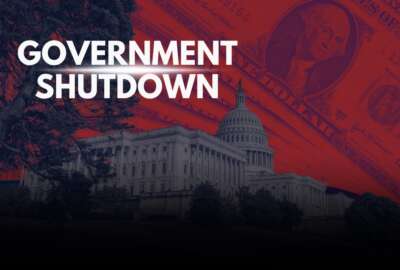Roth TSP launch closer with new draft regulations
The rollout of the Roth option for the Thrift Savings Plan, which would allow federal employees to invest already-taxed income, has long been discussed in the...
The rollout of the Roth option for the Thrift Savings Plan, which would allow federal employees to invest already-taxed income, has long been discussed in the federal pay-and-benefits world.
That launch moved another step closer, with the planned publication Wednesday of draft regulations in the Federal Register. That means TSP participants will soon have more information about what the plan will look like.
The new investment option will launch in the next few months. The Federal Retirement Thrift Investment Board has circled a date in the calendar for the second quarter of this year.
Under the new rules, employees will be able to invest in both the traditional TSP, the new Roth option or a combination of both.
Because the two systems are essentially opposites — traditional TSP contributions are tax-deferred, or pre-taxed income, and the Roth plan involves contributions of income that’s already been taxed — the board will “separately account” for Roth contributions to determine the taxable and nontaxable portions.
TSP participants will have the option of selecting where and how much to invest in either traditional contributions or Roth contributions.
Deferral limits
As with the traditional tax-deferred contributions, Roth contributions will still be subject to a deferral limit of $17,000 (which is the 2012 limit). Participants can invest in both plans, but the combined investment amount cannot exceed the annual limit.
The new rules would also allow TSP participants to make catch-up contributions — which are open to employees after age 50 — to Roth TSP accounts. The proposed regulations state employees will be allowed to invest in both the traditional catch-up plan and the Roth catch-up, but the combined contributions cannot exceed the contribution limit of $5,500 — the 2012 limit.
Matching agency contributions
Participants are eligible to receive matching contributions whether they invest in the traditional plan, Roth contributions or both, according to the draft rules.
However, matching agency contributions will funnel only into the traditional TSP plan.
Here’s an example from the proposed regulations: If a FERS employee contributes 1 percent of his or her salary to the traditional TSP and 2 percent to the Roth plan, the agency will match the full 3 percent toward the traditional contribution. (FERS participants are also granted a 1 percent automatic agency contribution — which will also go toward the traditional plan.)
Automatic contributions
All new hires will continue to have 3 percent of their pay contributed to their TSP accounts, unless they opt out or choose a higher amount, according to the rules. However, all default contributions will continue to go toward the traditional balance, unless employees opt to make their default contributions fo toward the Roth plan.
Annuities
The Roth option will also come into play for participants who want to purchase an annuity. If they have investments in both the Roth and traditional plans, for example, they must purchase two separate contracts, the rules state — one for each balance.
In addition to the proposed rules, Tom Trabucco, the director of external affairs at the Federal Retirement Thrift Investment Board, said the agency will also mail information about the Roth option along with TSP particpants’ annual statements.
“All of this is leading up to the rollout,” Trabucco said in an interview Tuesday on In Depth with Francis Rose Monday.
Click here to see all the proposed regulations.
RELATED STORIES:
Preview of Roth TSP, January returns, pay freeze vote
TSP notes: TSP Roth launch ‘on time’
Roth TSP ‘on schedule’ for 2012 launch
Copyright © 2024 Federal News Network. All rights reserved. This website is not intended for users located within the European Economic Area.





